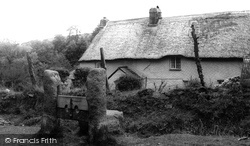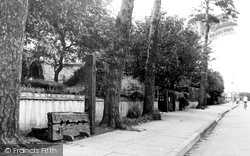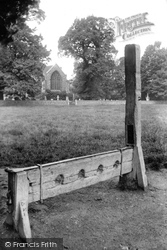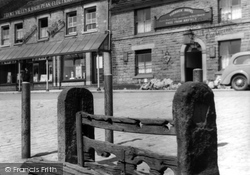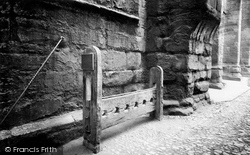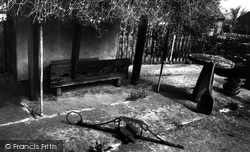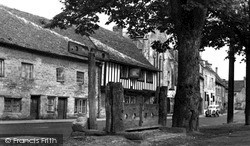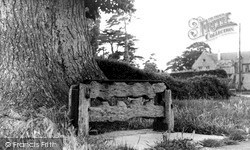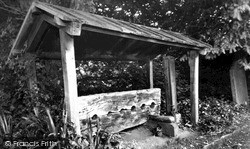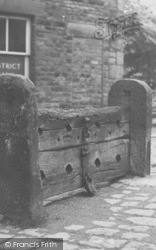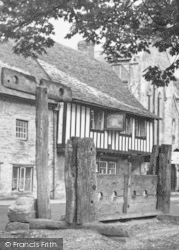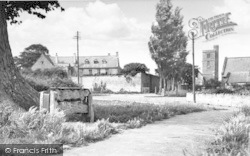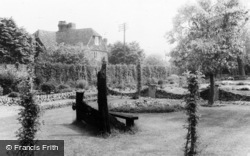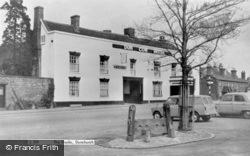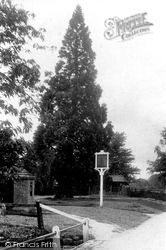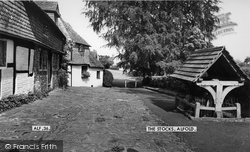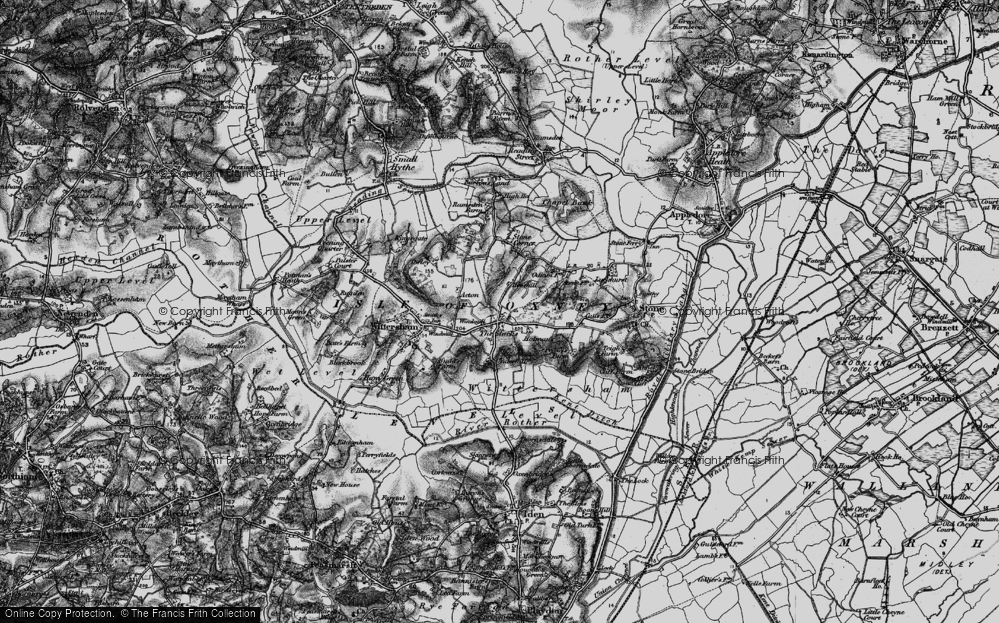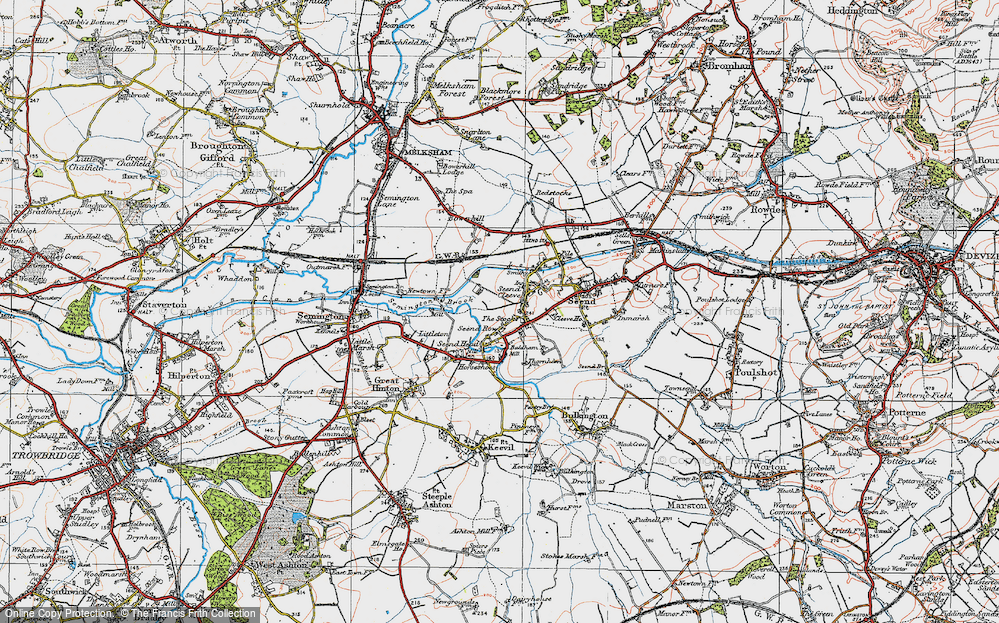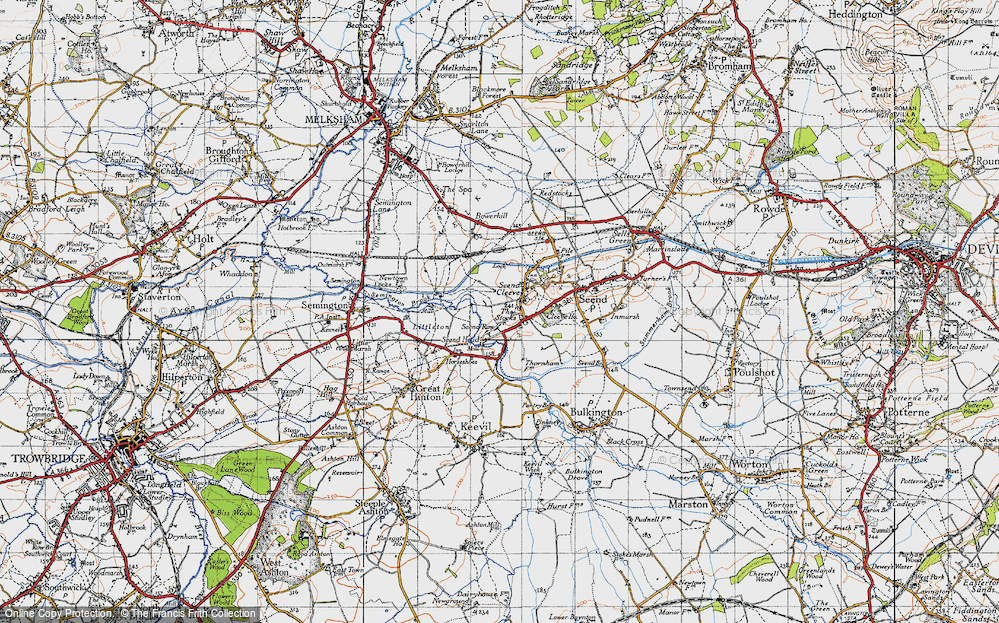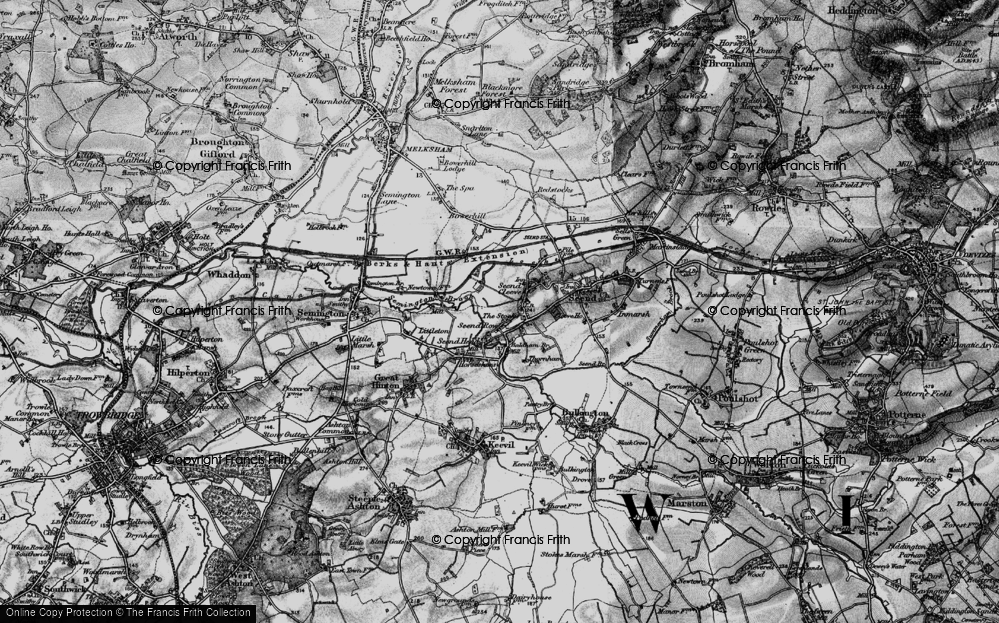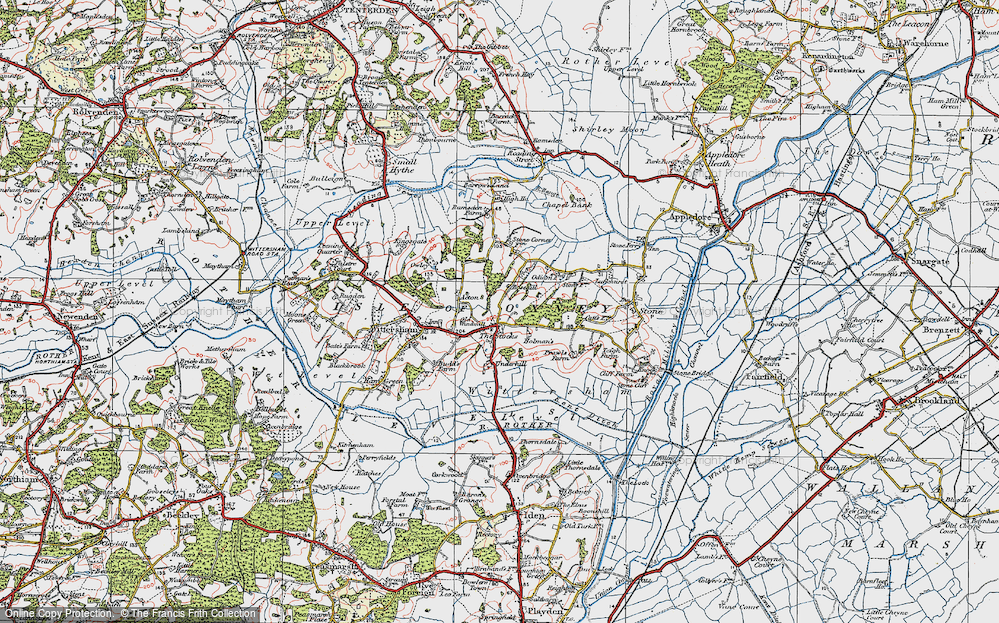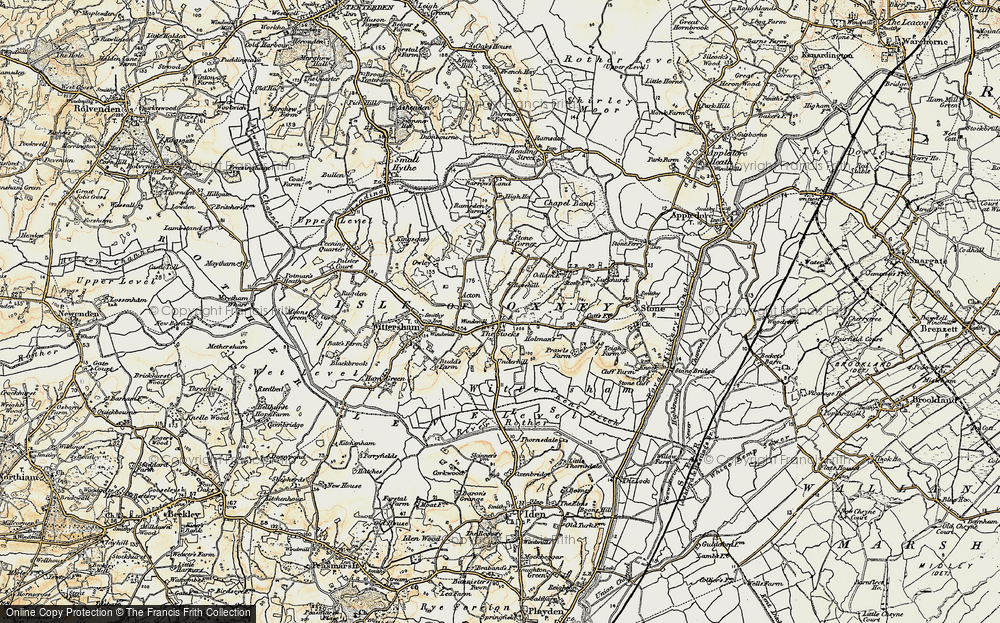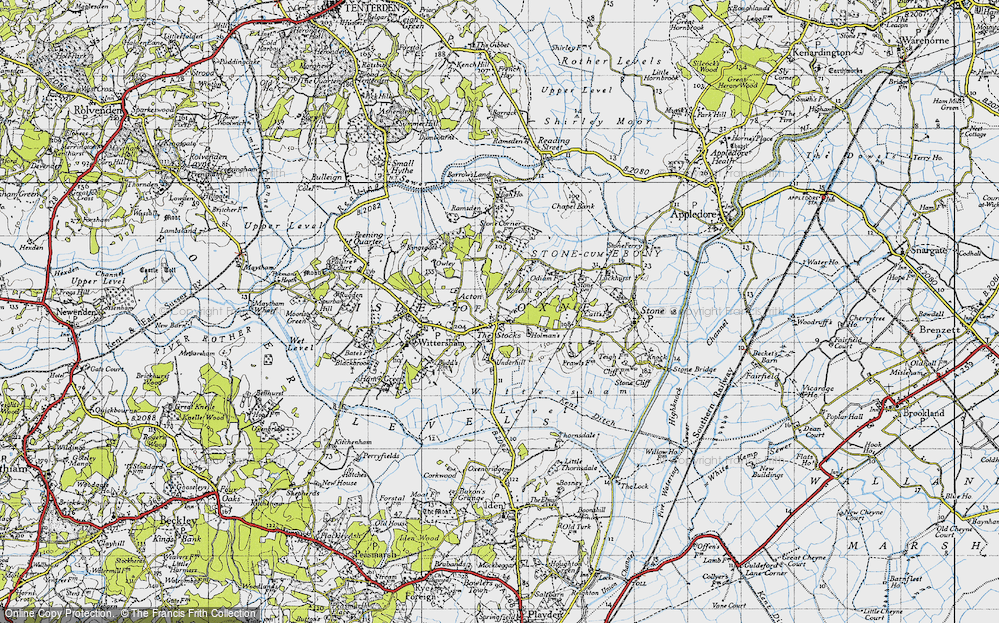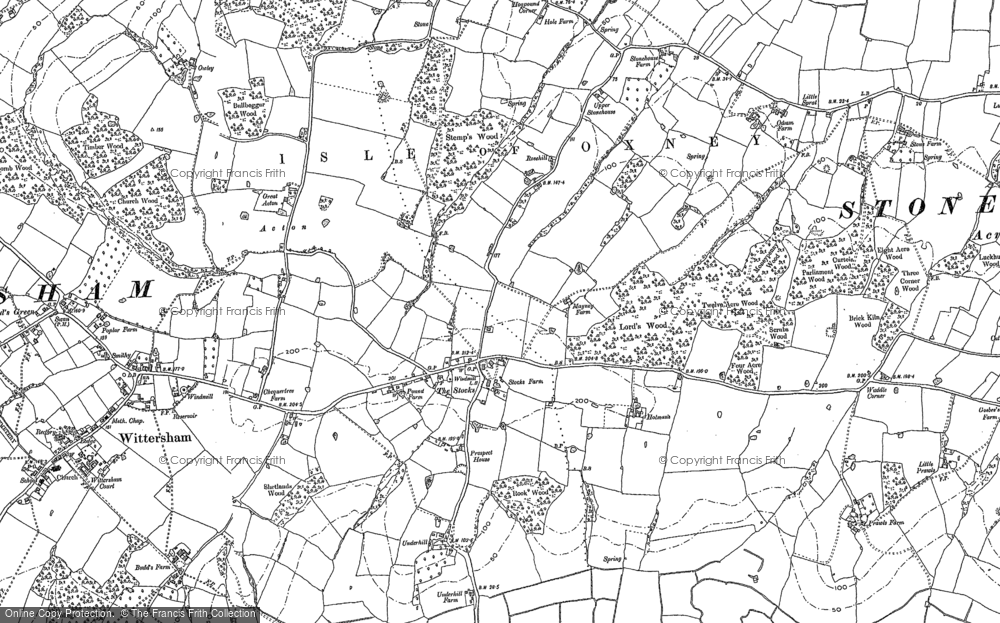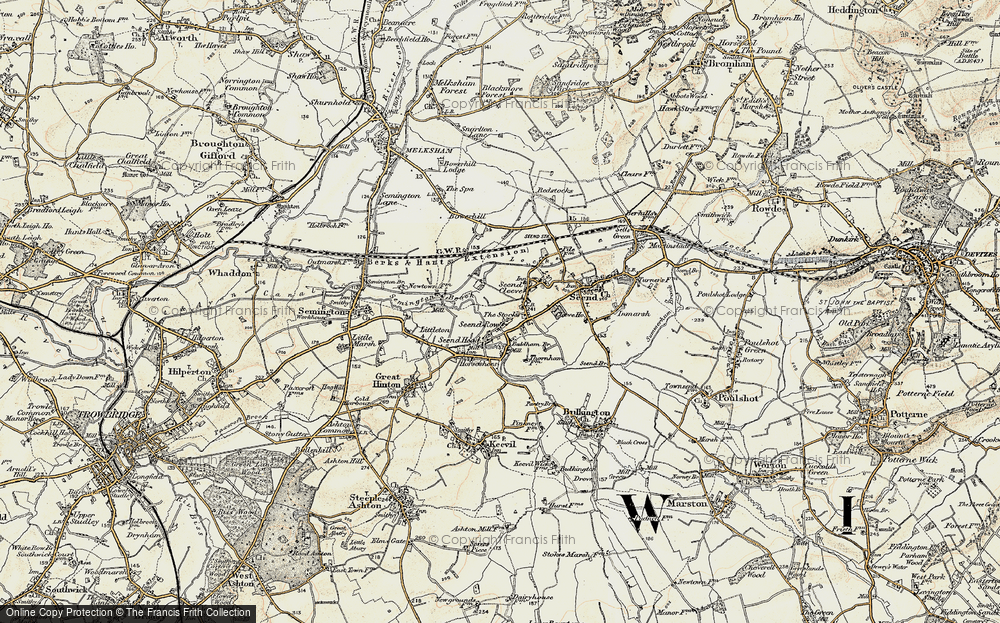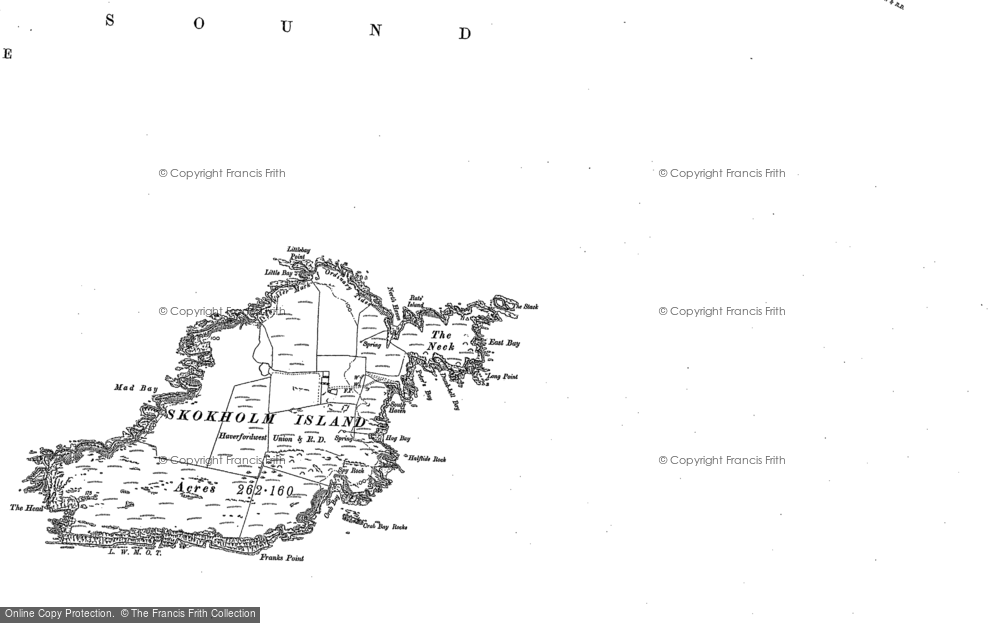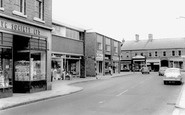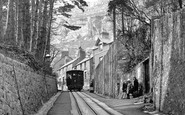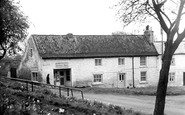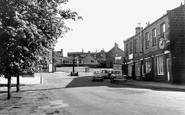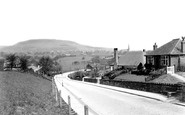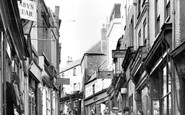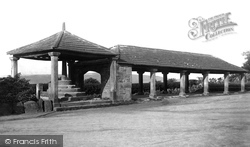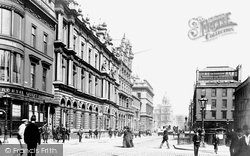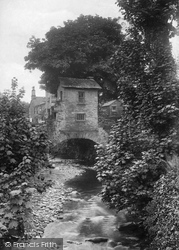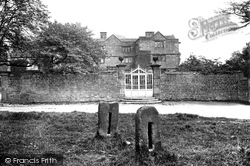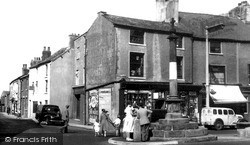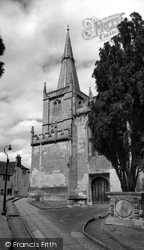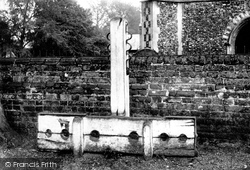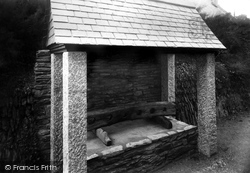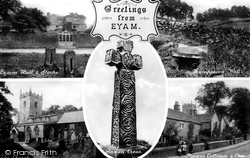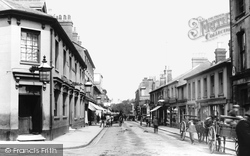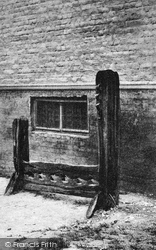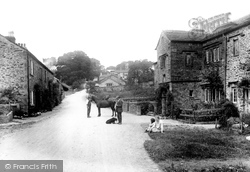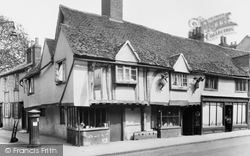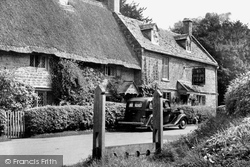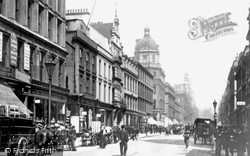Places
2 places found.
Those places high-lighted have photos. All locations may have maps, books and memories.
Photos
80 photos found. Showing results 1 to 20.
Maps
10 maps found.
Books
Sorry, no books were found that related to your search.
Memories
563 memories found. Showing results 1 to 10.
Bell Street
I remember going to Bell Street around 1967/8 to see Michael Aspel open "Key Markets" which was a supermarket of sorts, and would be on the left-hand-side of this picture (I think either next door to the Co-op, or may have occupied the ...Read more
A memory of Wigston in 1967 by
Childhood In The Village!!
I was devastated in 1964 when my mother told me we were to leave the village so that my mother could pursue her dream of owning her own small business elsewhere. It was a dreadful culture shock, one that has remained with ...Read more
A memory of Mollington in 1961 by
''tram Crash On Tabor Hill''
On Tuesday, August 23rd 1932 there occurred at almost exactly the same spot from which this photo was taken, the most serious runaway and crash that ever ocurred on the line. Car no. 4 broke away from the haulage cable at ...Read more
A memory of Llandudno in 1930 by
Wonderful Memories
What an unexpected pleasure it was stumbling quite by accident upon this website this evening! I was born in Croydon in 1948 and lived in West Croydon till 1955. I have very vivid memories of the high street, even of being 'bumped' ...Read more
A memory of Croydon in 1954 by
Visiting This Shop
I started Gainford School in 1954 & remember Miss Browns little shop crammed full with habberdashery, stockings (nylons) hankies, knitting-wool, etc., everything you could possibly want - an oasis in this small village. She ...Read more
A memory of Gainford in 1955 by
The Cross Inn Pub
My uncle Mr. Fred Wilson was for many years the landlord of The Cross Inn which can be partially seen at the top of the picture. His Alsatian Rinti used to lay down in front of the stocks and stop the traffic.
A memory of Guiseley by
Brookhouse
I used to live at Brookhouse with my parents, great aunt and maternal grand mother. Brookhouse was split into 3 houses at the time (131, 133, 135 Holcolme Road). My grandfather (Thomas Lomax) visited at Christmases and holidays. My ...Read more
A memory of Tottington in 1955 by
The Memories Are Endless
Good morning from Waterloo, Canada. I was absolutely thrilled with your site and stumbled on it quite by chance. I was born in 1943 at my grandparents house at Yew Tree Terrace just off Station Rd. I grew up in Shepley, ...Read more
A memory of Shepley in 1957 by
Visiting My Grandfather's Shop.
Although this photo pre dates my first memories of the High Street by about ten years, I still remember visiting my grandad's confectioners shop on the right side a little further up. Ever the businessman, he would ...Read more
A memory of Folkestone in 1966 by
Unchanged Lerryn
Lerryn is a place that one almost wants to keep secret so that it does not become a popular destination. It has barely changed in a hundred years. A beautiful and unspoilt village in a steep sided valley, Lerryn lies at the tidal head ...Read more
A memory of Lerryn in 2004 by
Captions
201 captions found. Showing results 1 to 24.
The stocks, along with the pillory and the whipping post, were instruments of punishment at one time in use throughout England.
The market cross, similar to the one at Bungay, housed the stocks until the 19th century.
Completed in 1753 at a cost of £12, the Market Hall, Butter Cross and the stocks were removed at a cost of £16 6s from Main Street to the Prince of Wales park in 1888, which is where we see them in this
St Vincent's Place was right in the commercial heart of the city with the National Bank, the Royal Exchange, the Stock Exchange, and the Athenaeum club all nearby.
The Stock Exchange was yet another symbol of Glasgow's industrial might.
Set in the valley of the River Aire, Bingley was once the classical picture of a 19th-century worsted-weaving and textile town, with its great mills and tall smokestacks.
Set in the valley of the River Aire, Bingley was once the classical picture of a 19th-century worsted-weaving and textile town, with its great mills and tall smokestacks.
Easily the most famous and most photographed building in Ambleside is Bridge House, a tiny one-up, one-down building constructed on a bridge over the Stock Beck.
A plaque on the structure protecting the stocks refers to the legislation of 1376, which required that stocks be set up in every town and village 'to encourage virtue and discourage evil doers'
What could be more English than the stocks (now restored) on the village green, with the manor house in the background?
At this point, the Market Place adjoins Blackpool Old Road.
Looking towards the church tower spire and the south entrance into the baptistry.
Before the establishment of county police forces in the 1840s, parish constables had to punish offenders. They could either be placed in the stocks for a period of time, or whipped.
The shelter over the ancient wooden stocks in the churchyard appears to be newly erected in this photograph.
The stocks and whipping post were moved from their previous position against the Bridewell wall to protect them from the 'increase in traffic' generated by the newly- built Fire Station.
Easily the most famous and most photographed building in Ambleside is Bridge House, a tiny one-up, one-down house constructed on a bridge over the Stock Beck.
The truncated Saxon Cross in Eyam churchyard forms the centrepiece of this postcard.
Before assuming the role of the first military town in Britain, Aldershot was no more than a pretty village comprising a church, a manor house and several farms. Nearby was an area of open heathland.
A four-hour period in the stocks was the usual reward for misdemeanours such as blasphemy, drunkenness, vagrancy or breaking the Sabbath.
This pastoral scene posed by the photographer is charming; it shows the steep village street leading to the cottages grouped around the stocks, church and inn.
The photograph shows the Cock Pit as it was in 1929. The post box is a unique Victorian model dated 1856. The stocks are thought to have come from Clewer in the late 1920s.
The stocks and pillory in Market Square remind us of a time when justice was swift and direct.
The 16th-century Falkland Arms is a typically olde-worlde English pub. It was once owned by the Falkland family, hence its name.
The architecture is interesting, including the Stock Exchange, and St George's Tron Church.
Places (2)
Photos (80)
Memories (563)
Books (0)
Maps (10)




